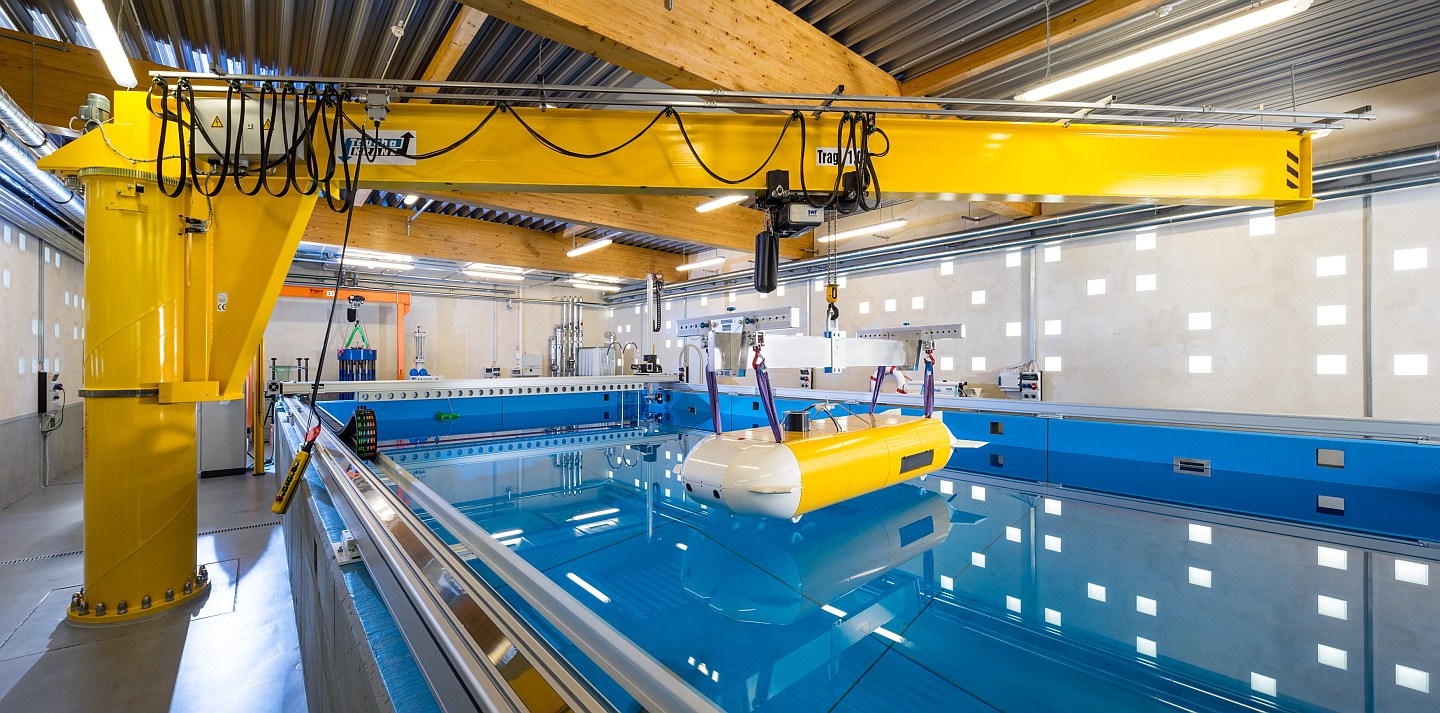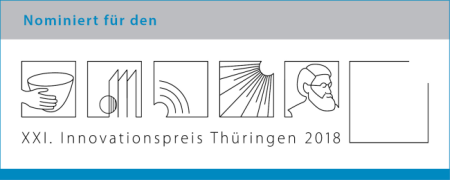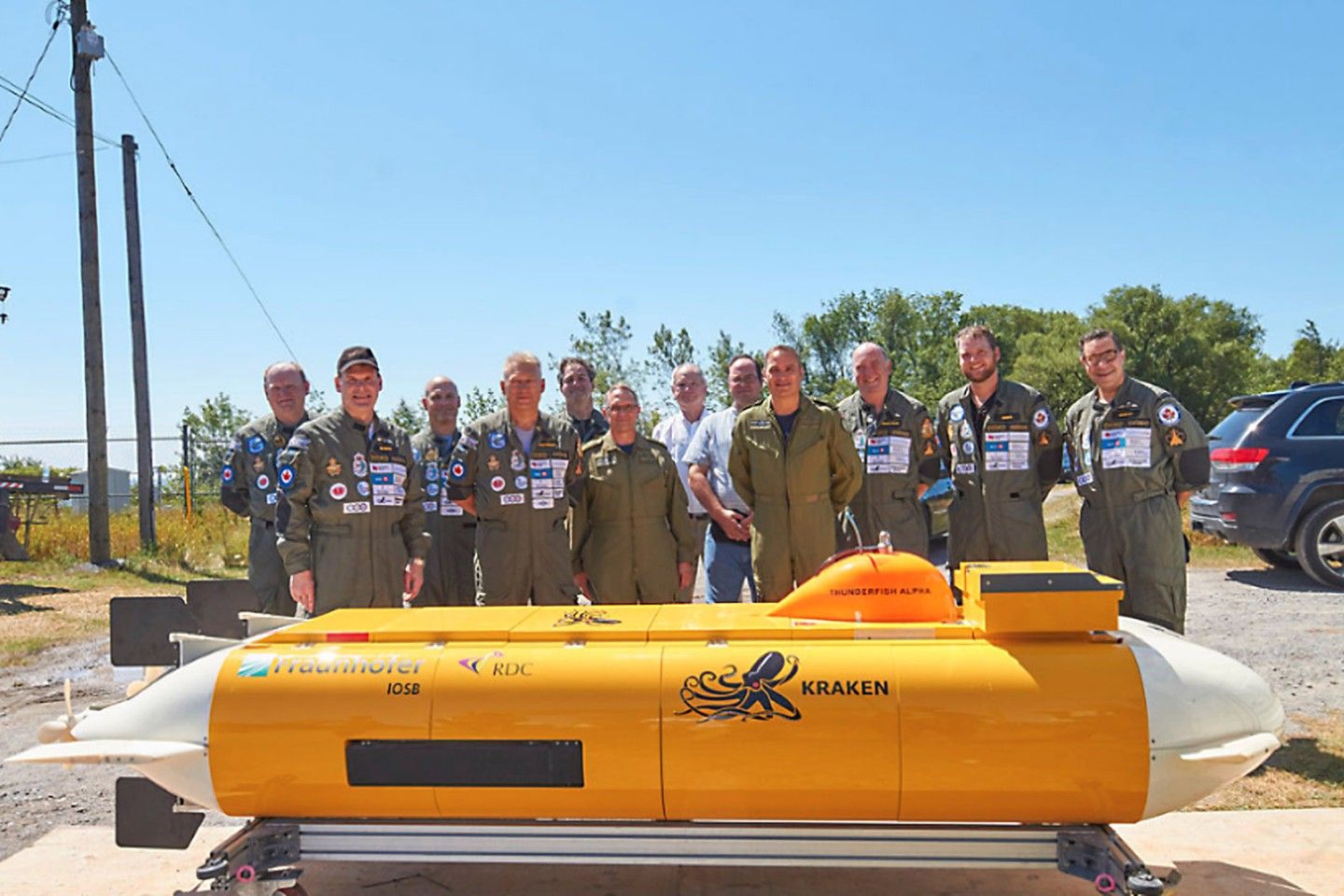
Deep Diving AUV for Exploration (DEDAVE)


Researchers at the Fraunhofer Institute of Optronics, System Technologies and Image Exploitation IOSB in Ilmenau and Karlsruhe have developed DEDAVE, a powerful autonomous underwater vehicle that is to be built in large numbers. Such autonomous underwater vehicles (AUVs) have already been used by companies for several years for marine exploration. They glide wirelessly and autonomously through the depths, collect observation data and return to the research vessel on their own. As a rule, these are expensive one-offs. In addition, many of these vehicles are built in a complicated way, so that handling them on board the research vessels is relatively cumbersome: employees have to remove batteries in a cumbersome way in order to change them. It takes an hour to read the many terabytes of observation data from the AUV's on-board computer. In addition, many of these devices are heavy and only specially trained personnel can lower them into the water by ship's crane. DEDAVE overcomes all these limitations.
An underwater vehicle goes into series production
DEDAVE is the first autonomous underwater vehicle in the world for which the subsequent series production was consistently taken into account and prepared during development. A separate company will manufacture the vehicles in the future. This will be spun off from the IOSB in the first half of 2016. A prerequisite for series production of this kind is that every production step is documented in detail. Only then can skilled workers assemble the vehicles as if on an assembly line. For this purpose, experts from the automotive industry were engaged who are experts in the field of industrial manufacturing and the qualification of supplier companies.
More information:
- Product sheet(english)

Press release: Remains of historic aircraft found
With DEDAVE, Fraunhofer researchers have developed a new type of autonomous underwater vehicle. Now the diving robot had to prove itself in practice for the first time: In Lake Ontario, it helped in the search for historical test models of an interceptor fighter. With success: two of the eight aircraft models have already been found.
 Advanced System Technology branch AST of Fraunhofer IOSB
Advanced System Technology branch AST of Fraunhofer IOSB